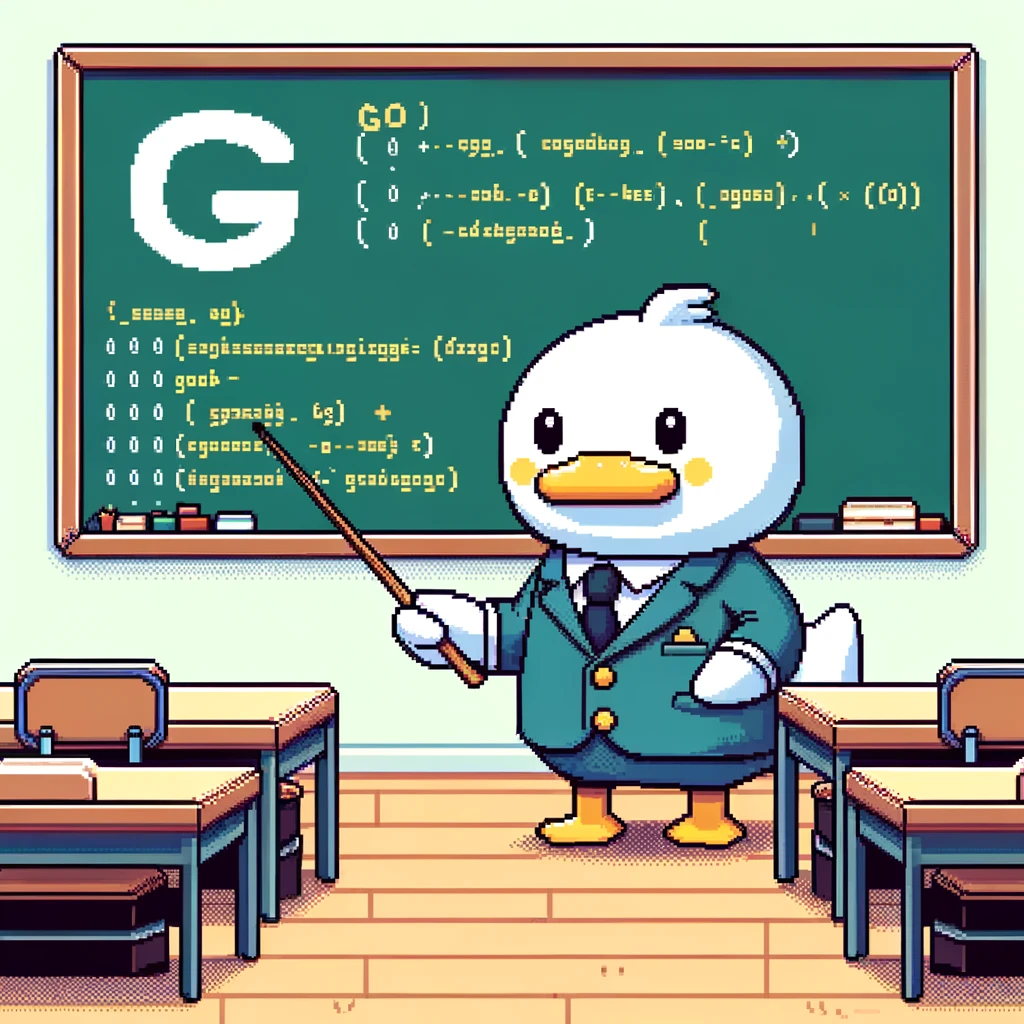What is Go Programming?
Go, also known as Golang, is an open-source programming language developed by Google. It is a statically typed language with syntax loosely derived from C, but with memory safety features and garbage collection. Go is known for its efficiency, readability, and simplicity which makes it a popular choice for building scalable and high-performance applications.
Why Learn Go Programming?
Go has gained popularity in recent years due to its ability to handle concurrency and scalability efficiently. It is commonly used in systems programming, cloud computing, and web development. Learning Go can open up opportunities for building fast and reliable applications, especially in the domains where performance is critical.
Getting Started with Go
To start programming in Go, you first need to install the Go compiler on your machine. Go has a simple syntax, with keywords like package, import, func, var, and return. Here is an example of a simple “Hello, World!” program in Go:
1
2
3
4
5
6
7
package main
import "fmt"
func main() {
fmt.Println("Hello, World!")
}
In this code snippet, package main declares that this is a standalone executable program. The import "fmt" statement imports the fmt package from the Go standard library, which contains functions for formatting and printing output. The func main() function is the entry point of the program, and fmt.Println("Hello, World!") prints the message to the console.
Concurrency in Go
One of the key features of Go is its built-in support for concurrency using goroutines and channels. Goroutines are lightweight threads that allow functions to run concurrently, and channels are used to communicate data between goroutines. Here is an example of a simple program that demonstrates the use of goroutines and channels:
1
2
3
4
5
6
7
8
9
10
11
12
13
14
15
16
17
18
package main
import "fmt"
func greet(who string, c chan string) {
msg := "Hello, " + who + "!"
c <- msg
}
func main() {
c := make(chan string)
go greet("Alice", c)
go greet("Bob", c)
msg1, msg2 := <-c, <-c
fmt.Println(msg1)
fmt.Println(msg2)
}
In this example, the greet function sends a greeting message to a channel, and two goroutines are created to send messages to the channel concurrently. The main function then reads from the channel to receive the messages and prints them to the console.
Conclusion
Go programming language is a powerful tool for building efficient and scalable applications. Its simplicity, performance, and built-in support for concurrency make it a valuable language to learn, especially for those looking to work on high-performance systems and cloud applications. By mastering Go, developers can unlock new possibilities in their coding journey.
